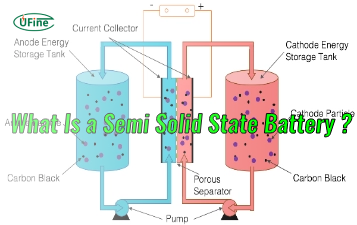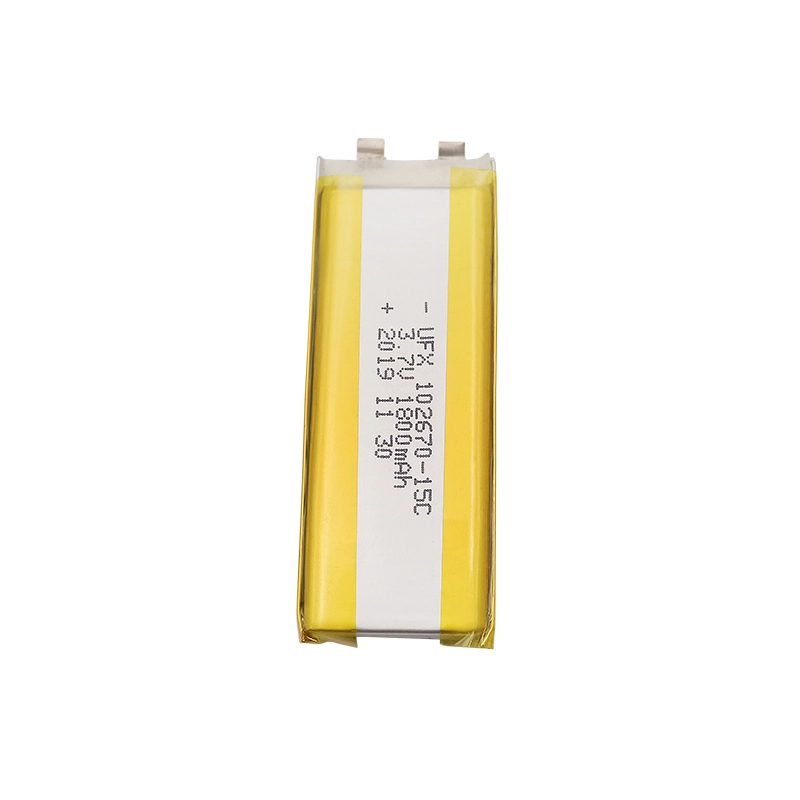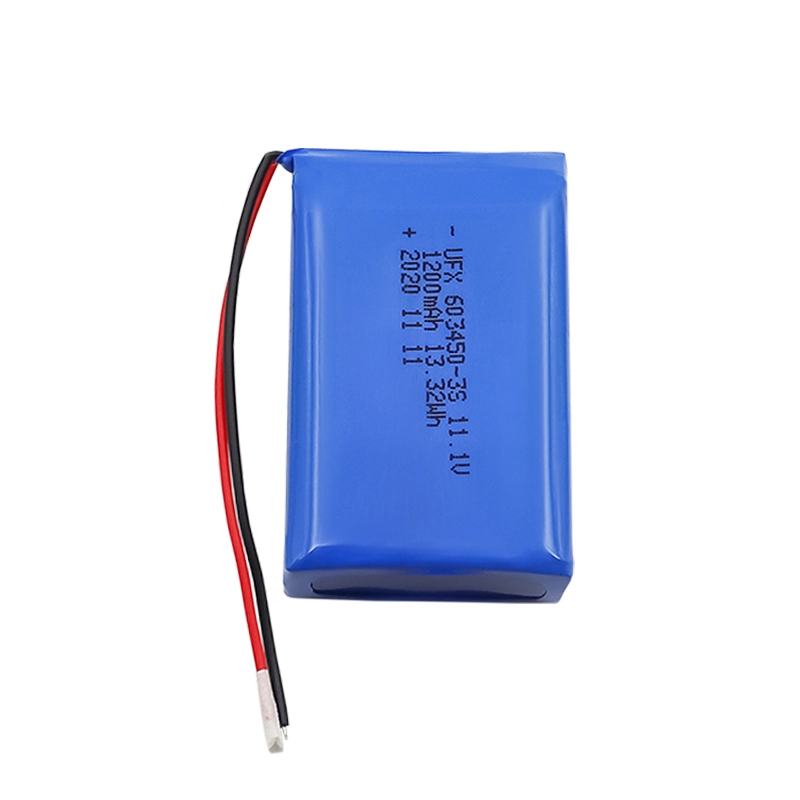
Maximize RC Plane Performance with the Perfect RC Plane Battery!
What is lithium battery for RC planes?
Lithium polymer batteries are used in many appliances. Mobile phones, laptops, PDAs, hearing aids, etc. But none are designed for remote control models. None of them can be used in areas beyond which they were designed.
Lithium polymer batteries have epoch-making advantages such as lightweight, large capacity, and large discharge current (high rate), and have quickly become the mainstream power current used in aerospace drones and related models.
Lithium polymer batteries do not have a hard metal shell; they are encapsulated in a soft metal jacket. Usually, lithium polymer batteries are made into a square shape with two marks, one is “positive” and the other is “negative”.
Lithium polymer batteries are lighter than cadmium hydrogen batteries which is why we use them. It can make the RC plane battery fly longer and better.
Why is the RC plane battery capacity so small?
1. Cost. If the battery capacity is increased, the cost will also increase, and the selling price of RC planes will also increase accordingly.
2. Weight. The increase in RC plane battery capacity will inevitably increase the weight of the aircraft. At this time, the motor and size will increase, and the required power will also increase. Then the non-battery costs will also increase. But the flight time cannot be increased much, after all, the load is also heavy.
3. Usage scenarios. RC plane can only be said to be a toy in the field of drones, you can just play with it occasionally. Increasing the battery capacity not only makes it more expensive but also reduces the number of operations it can perform (such as rolling). If the fuselage is too heavy, it will not be easy to perform such difficult movements.
In general, when the load ratio of the RC plane reaches a certain peak, simply increasing the power is useless. The increase in battery capacity means an increase in battery weight, which can be equivalent to an increase in the mass of the aircraft, and then the power will increase. The increase in power is accompanied by higher power consumption. The cycle repeats itself.
How to charge an RC plane battery safely?
There are many issues to consider before flying with lithium polymer batteries, safety being the primary concern.
1. Use a dedicated charger.
2. Accurately set the number of battery cells (charging voltage) of the battery pack.
3. When charging a new lithium battery pack for the first time, check the voltage of each cell in the battery pack. The same work should be done every 10 times after charging and discharging.
4. Do not charge when left unattended.
5. Use a safe surface to place the charged battery and charger, and the charging area should be well-ventilated.
6. Without special instructions from the manufacturer, the charging current should not exceed 1C.
7. Do not puncture the battery. If the battery bulges, there is a safety risk of fire. Especially if the battery bulges while charging, you should stop charging immediately and move the battery to a safe place.
8. Impact will damage your lithium poly battery. It is possible that the battery seems to be good but has an internal short circuit. If the battery is hit, please carefully remove the battery from the aircraft and move it to a safe place, observe it carefully, and let it sit for 20 minutes.
9. Charge in a well-ventilated and open area. Because if the battery bursts, thick smoke and contents will be ejected.
10. Prepare a bucket of sand. Fighting fires with sand is very effective and an absolute must when you are flying or charging.
As a professional lithium battery manufacturer, Ufine has been committed to the research, development and innovation of batteries in the field of model aircraft. Our batteries are polymer lithium batteries, which are lightweight and can be customized into special-shaped batteries of various shapes and sizes.
High Energy Density
It stores large amounts of energy in a smaller and lighter package
Longer Cycle Life
Withstands extensive charge and discharge cycles
Low Self-Discharge
Maintains power longer when not in use
Safety
Minimizes the risk of accidents and ensures safe operation
More Information About RC Plane Battery
-
How long does it take to make a sample of a custom battery?
-
How about the battery cycle life?
-
How long do lithium batteries last?
-
Are lithium batteries safe?
-
Can lithium batteries be customized for specific applications?
Latest Blogs
About Lithium Battery Industry News

Paper Battery vs. Flexible Battery: What’s the Difference and Which Is Better?
Paper vs. flexible batteries: learn the key differences, benefits, and which power source fits best for wearables, sensors, and smart tech.
2025/04/11 Ufine

What to Know Before Buying a Tiny LiPo Battery for Your Project
Tiny LiPo batteries are powerful and compact. Learn how to choose the right one for your project with specs, safety, and charging tips.
2025/04/11 Ufine

Bloated LiPo Battery: Will It Explode?
Will a bloated LiPo battery explode? Discover the causes, risks, safety steps, and expert tips to avoid disaster and protect your gear. Must-read safety guide!
2025/04/10 Ufine

12V 100Ah Lithium Ion Battery Price: Full Guide
Learn about 12V 100Ah lithium-ion battery price, from cost ranges to best brands, hidden fees, and how to get the best deal. A must-read for smart buyers!
2025/04/10 Ufine

Resistance and Conductivity: What It Means for Your Lithium Batteries
Resistance and conductivity impact lithium battery performance, lifespan, and safety—learn how they work and why they matter.
2025/04/10 Ufine

What Is a Semi Solid State Battery and Why Should You Care?
Semi-solid-state batteries combine safety and high energy density, making them ideal for EVs, electronics, and future energy storage.
2025/04/10 Ufine





